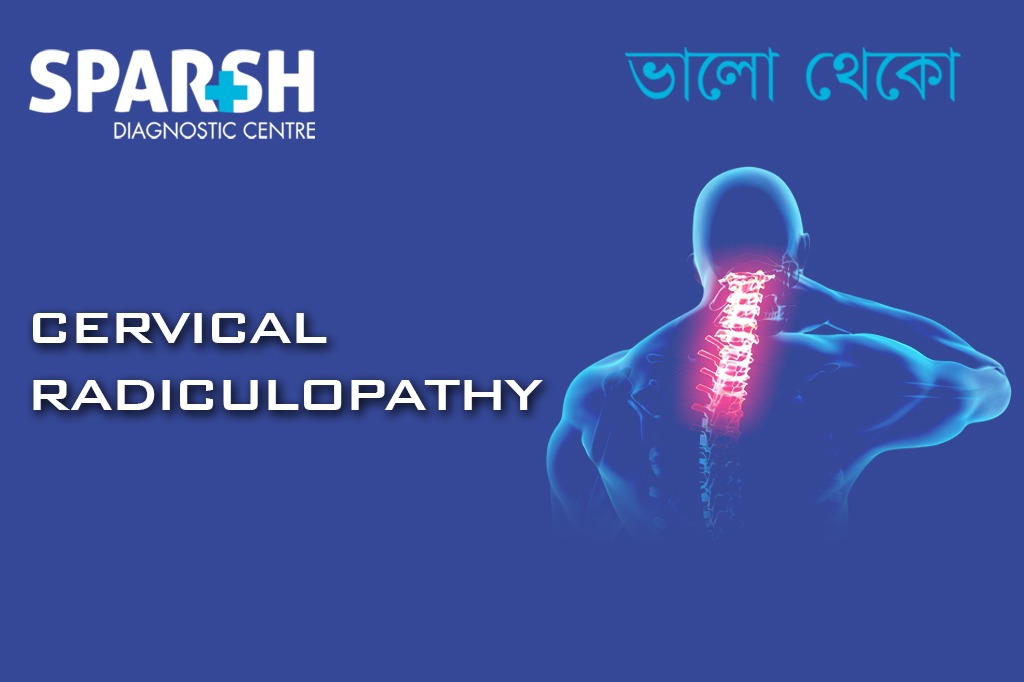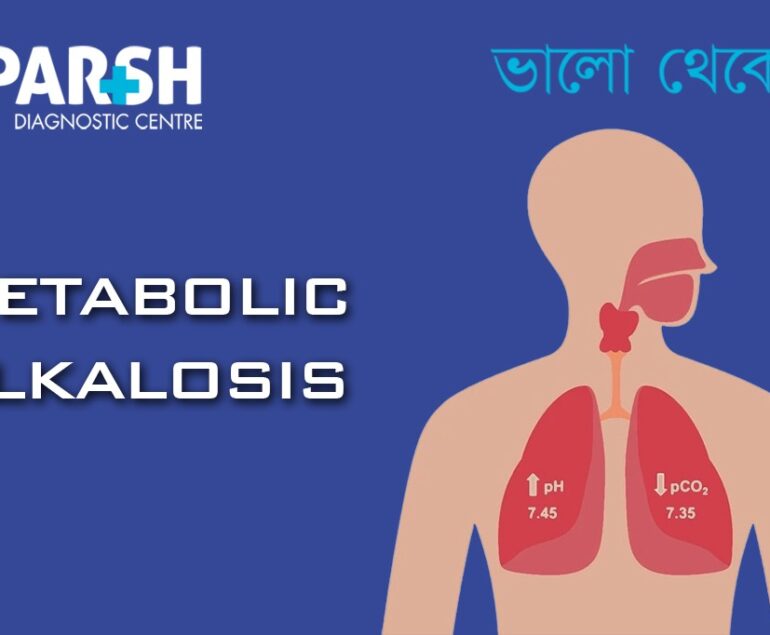Cervical radiculopathy, commonly known as a “pinched nerve” in the neck, is a condition that affects the nerve roots in the cervical spine. It can lead to pain, weakness, numbness, and tingling sensations that radiate from the neck into the shoulders, arms, and hands. This comprehensive guide explains the condition in detail, including its causes, symptoms, diagnostic methods, treatment options, and recovery expectations.
What Is Cervical Radiculopathy?
Cervical radiculopathy occurs when one of the nerve roots exiting the cervical spine becomes compressed or irritated. These nerve roots transmit signals between the brain and the muscles of the upper limbs. When affected, patients may experience:
- Radicular pain (shooting pain along the nerve path)
- Muscle weakness
- Numbness or tingling
- Reduced reflexes
The condition typically affects the C5 to T1 nerve roots, which control motor and sensory functions in the arms and hands.
Causes of Cervical Radiculopathy
Several factors can lead to cervical radiculopathy, including:
- Herniated Disc: A bulging or ruptured disc pressing against a nerve root
- Degenerative Disc Disease: Age-related wear and tear narrowing the spinal canal
- Spondylosis (Spinal Osteoarthritis): Bone spurs compressing nerves
- Trauma or Injury: Sudden impact or repetitive strain damaging cervical structures
- Tumors or Infections: Rare causes involving abnormal growths or infections
Symptoms to Watch For
Symptoms vary depending on which nerve root is affected. Common signs include:
| Affected Nerve Root | Symptoms |
|---|---|
| C5 | Shoulder pain, deltoid weakness |
| C6 | Biceps weakness, wrist pain, thumb numbness |
| C7 | Triceps weakness, middle finger numbness |
| C8 | Hand grip weakness, little finger numbness |
Other symptoms may include neck stiffness, headaches, and difficulty performing fine motor tasks.
Diagnosis: How Is It Confirmed?
Diagnosis involves a combination of clinical tests and imaging:
- Spurling’s Test: Reproduces symptoms by compressing the cervical spine
- Upper Limb Tension Test: Assesses nerve tension and mobility
- MRI or CT Scan: Visualizes disc herniation, bone spurs, or nerve compression
- Electromyography (EMG): Evaluates nerve function and muscle response
Natural History and Prognosis
Most cases of cervical radiculopathy improve with conservative treatment:
- Substantial improvement within 4 to 6 months
- Minor surgery recovery may take 24 to 36 months
- Permanent disability occurs in only 1 to 2 percent of cases
- Surgery is required in a minority of patients
Conservative Treatment Options
1. Exercise and Manual Therapy
A multimodal approach is more effective than single therapy. Recommended interventions include:
- Neck-specific and upper limb exercises
- Manual therapy (mobilization and manipulation)
- Pain coping strategies and stress management
- Postural correction and ergonomic advice
- Cervical traction (flexor traction is not superior to standard traction)
2. Medications
- Non-steroidal anti-inflammatory drugs (NSAIDs) to reduce inflammation and pain
- Muscle relaxants to ease spasms
- Oral corticosteroids for short-term relief of severe inflammation
3. Lifestyle Modifications
- Avoid prolonged neck flexion
- Use ergonomic pillows and chairs
- Perform regular stretching and strengthening exercises
Surgical Intervention: When Is It Needed?
Surgery is considered only when:
- Pain and disability become unbearable
- Conservative treatments fail after several months
- There is progressive neurological deficit
Risks of surgery include:
- Complications in 1 to 6 percent of cases
- Recurrence of symptoms in 3 to 25 percent of cases
Common procedures:
- Anterior cervical discectomy and fusion (ACDF)
- Cervical disc replacement
Role of Physiotherapy
Physiotherapy is often the first line of treatment and includes:
- Cervical stabilization exercises
- Neural mobilization
- Postural training
- Electrotherapy (TENS, ultrasound)
- Education on activity modification
Physiotherapy not only reduces pain but also improves function and prevents recurrence.
Prevention Tips
While not all cases are preventable, you can reduce your risk by:
- Maintaining good posture
- Avoiding heavy lifting with poor technique
- Staying active and flexible
- Using ergonomic workstations
- Managing stress and sleep quality
Frequently Asked Questions (FAQs)
Q1: Is cervical radiculopathy permanent?
No, most cases resolve with conservative treatment. Only 1 to 2 percent may develop permanent disability.
Q2: Can cervical radiculopathy heal without surgery?
Yes, physiotherapy and lifestyle changes are effective for most patients.
Q3: What exercises help with cervical radiculopathy?
Neck stretches, chin tucks, scapular retractions, and nerve gliding exercises are beneficial.
Q4: How long does recovery take?
Recovery typically occurs within 4 to 6 months, but may take longer depending on severity.
Q5: Is cervical traction effective?
It can help relieve symptoms, but cervical flexor traction is not superior to standard traction.
Q6: Can stress worsen symptoms?
Yes, stress can amplify pain perception. Stress management is a key part of treatment.
Why Choose Sparsh Diagnostic Centre?
At Sparsh Diagnostic Centre, we offer:
- Expert physiotherapists and spine specialists
- Advanced diagnostic imaging
- Personalized treatment plans
- Compassionate care and patient education
Cervical radiculopathy is a manageable condition with the right diagnosis and treatment. Early intervention, physiotherapy, and lifestyle changes can significantly improve quality of life. Surgery is rarely needed and reserved for severe cases. If you’re experiencing neck pain or arm numbness, consult a specialist at Sparsh Diagnostic Centre for expert care.
#BhaloTheko
Disclaimer:
No content on this site, regardless of date, should ever be used as a substitute for direct medical advice from your doctor or other qualified clinician.

![]()






[…] radiculopathy can occur anywhere along the spine, it is most common in the neck (cervical radiculopathy) and lower back (lumbar radiculopathy). The condition can significantly impact mobility and quality […]
[…] Cervical or Lumbar Radiculopathy – Pinched nerves in the spine due to herniated discs or bone spurs lead to tingling in the arms or legs. […]
[…] herniated discs or bone spurs can press on nerves branching out from the spinal cord, causing cervical radiculopathy. This leads to pain that radiates from the neck down the arm, along with weakness or […]